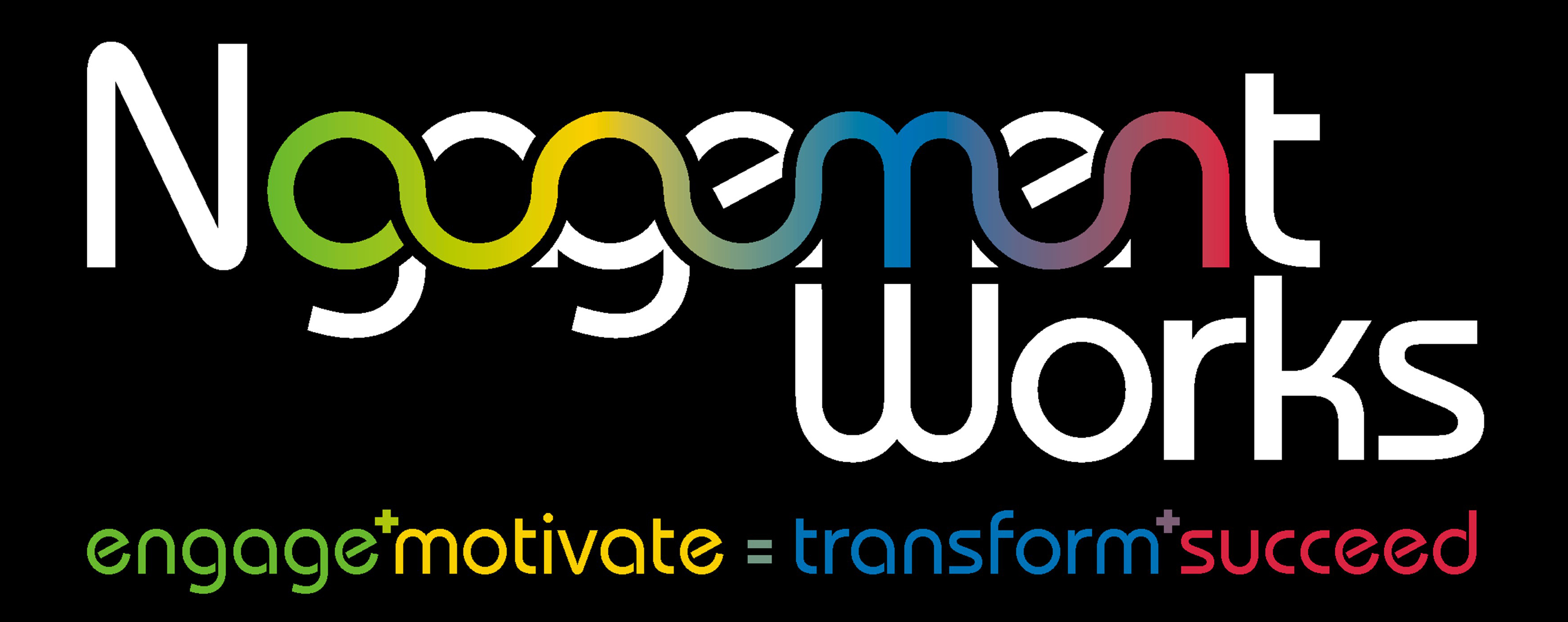One of the most worrying pieces of data highlighted in the Team DyNAmics© Model over the last 12 months is that leaders don’t have tools to help them measure team performance and engagement.
As mentioned in a recent article, “Cracking The Code Of High-Performance Teamwork” , to achieve high-performance, leaders need to not only know WHO is in their team, but also HOW effectively these individuals work together as one.
The data from all the teams who have used the Team DyNAmics© Model over the last 12 months has revealed some other interesting information. The data has been collected from teams that have been from various industry sectors, including leadership, operational and project teams and based in the UK.
Team Engagement
The average Team Engagement Score has been 69.1%, with the Relationship Categories of Creative Interactions (Yellow) and Emotional Relationships (Green), standing at 72% and 71.5% respectively. The Task Categories of Strategic Action (Red) and Framework Mapping (Blue), standing at 69.8% and 63%.
Getting the balance right between Relationship and Task was the focus of the article “If You Want High-Performance, Balance The Task With The Relationship.”
Element Results
Of the 16 Elements that need to be managed effectively in order to create a high-performing team, Commitment has come out on top, whilst Team Meetings is last. Surprisingly, Purpose, which is deemed the most important Element of the 16, only ranks 9th.
Team Meetings and Purpose were the subject of articles, which included hints and tips to make them more effective. They can be read using the following links:
Team Meetings: “How To Make Your Team Meetings Work For EVERYONE”
Purpose: “What Do We Do? How To Develop A Team Purpose Statement”
Key Themes
Team members across the board say that they are proud to be part of their teams and committed to the success of their team.
Team Meetings however are a cause for concern, the main issue being that they don’t start or end on time, which either means team members are wasting time waiting for colleagues to turn up or, when their meeting ends late, struggle to get to their next meeting on time.
Of all the data collected, the biggest issue highlighted was that teams do not have data to enable them to measure team performance. As all the teams who scored low in this area had never used the Team DyNAmics© Model before, hopefully they now have the data they need to measure and benchmark their team’s performance moving forward.
Wishing you continued happiness and success in both work and life.
Yours behaviourally, Nick
Do you measure how effective your team is? If not, you may find it of value to understand the Team DyNAmics Model in more detail, which you can do, by using this link, Team DyNAmics©
Help Others By Paying it Forward
If you’ve found this article of interest and value, please use the Follow option in the right side panel to ensure that you are informed of future posts plus, help others and Pay It Forward by sharing it with those who may find it useful.
Can I Help You?
If you want to discuss how I may be able to help you and your team achieve even greater success by facilitating team building or by speaking at your conference, my email is nick@ngagementworks.com, my mobile is 00447966306903 or please use the Contact Form
Don’t Blame The Accidental Manager
"82% of...





